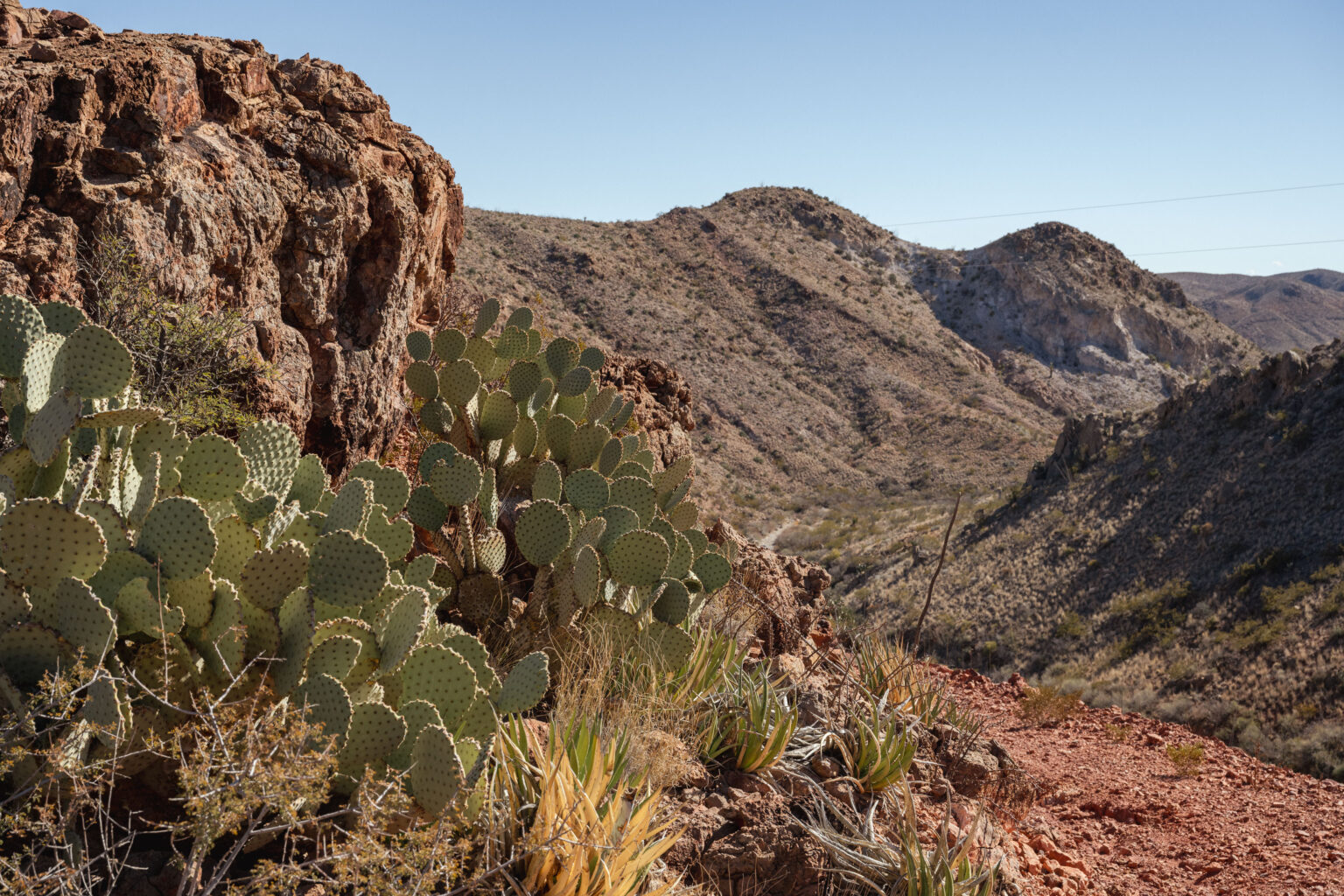In a rural area of West Texas, near the Mexico border, a cluster of geothermal springs once served as an oasis to the Carrizo/Comecrudo Tribe of Texas. Carpeted in grasses and shrubs, the land is home to rare aoudad sheep, deer, wild cats, and bobwhite quail. The muted tans and greens in the small valley and surrounding exposed rock mountains quiet the mind.
The pristine site is in the proposed pathway of the 48-inch-diameter Saguaro Connector Pipeline, which would send natural gas produced in Texas’s Permian Basin 155 miles west, across the U.S.-Mexico border, to a liquefied natural gas (LNG) export facility in Puerto Libertad, Mexico.
“Our concern is that the pipeline is going to go through the hot springs,” said Christa Mancias-Zapata, the executive director of the Carrizo/Comecrudo Tribe of Texas. “Anywhere you go in that area is a sacred site to our people.”
Mancias-Zapata’s ancestors lived along the Rio Grande River delta and migrated to the site, called Indian Hot Springs, during hurricane season. The hot springs are located in the Chihuahuan Desert, making them a precious water resource for bathing and survival. Some also believed the minerals in the springs had healing properties.
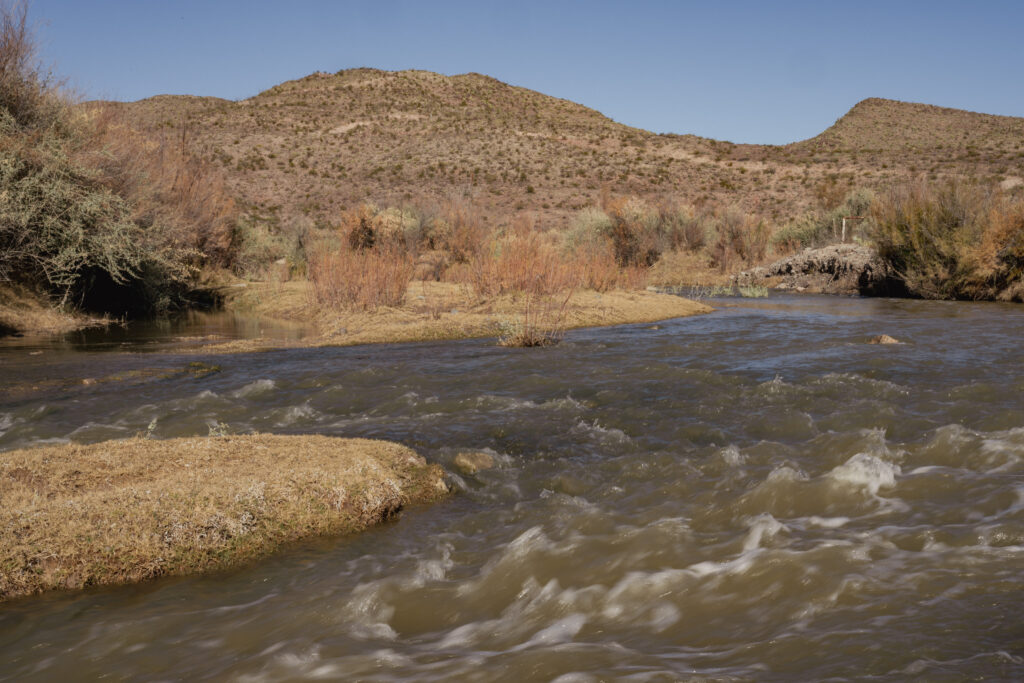
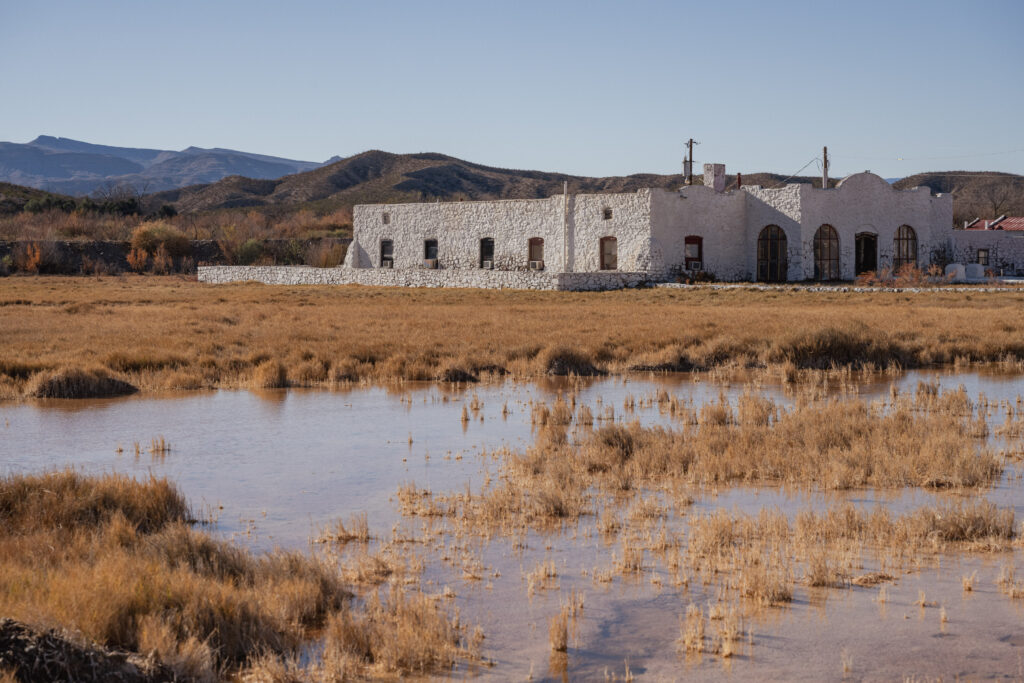
Local opposition to the pipeline, which would pass near the edge of the small town of Van Horn, is widespread. But a back-and-forth in permitting documentation between federal agencies and the company proposing the pipeline, ONEOK Inc, indicates a conflict within the White House with how to weigh its climate impacts, which could send up to 2.8 billion cubic feet of fracked gas per day to Mexico’s Pacific coast for export as LNG. The pipeline has not been approved yet by the Federal Energy and Regulatory Commission (FERC), which is only considering the impacts of the 1,000-foot segment of pipeline that crosses the border into Mexico. FERC is scheduled to consider approving the pipeline on Thursday. [UPDATE 2/20/24: FERC approved the pipeline.] In Texas, pipelines don’t need to be permitted before they are built. Still, ONEOK has filed the required paperwork with the state.
“For the Saguaro Connector Pipeline project, cultural and environmental surveys were conducted and provided to FERC and other stakeholders,” ONEOK spokesperson Annell Morrow wrote in an email. “Saguaro considered, and will continue to consider input from those stakeholders on the project location.”
Last month, the Biden administration announced a pause in the permitting of 17 proposed LNG export facilities, including the largest in the U.S., Venture Global’s Calcasieu Pass 2 (CP2) LNG terminal, to allow the Department of Energy time to analyze the projects’ potential contributions to climate change and impacts on energy costs for Americans. A third-party lifecycle emissions analysis by Jeremy Symons, a former climate policy advisor for the U.S. Environmental Protection Agency, found that the CP2 project could result in 20 times more emissions than the controversial Willow drilling project in Alaska, which was approved by the administration last year.
All together, the 17 proposed LNG export facilities that have been paused, and five that are under construction and not affected by the pause, could emit as much greenhouse gas as 675 coal-fired power plants.
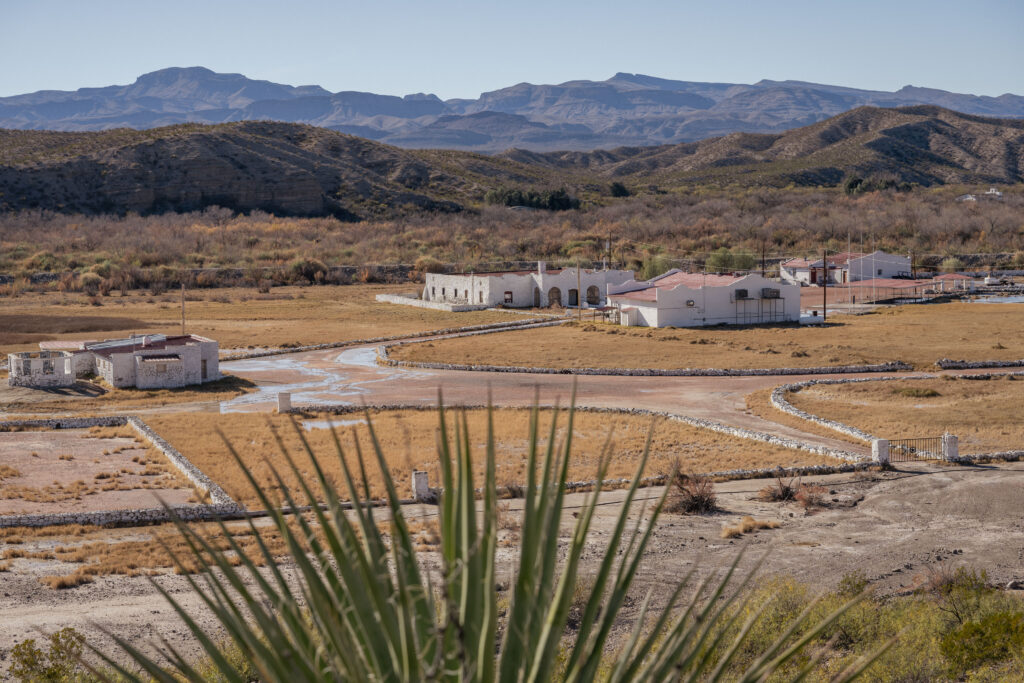
Yet, the potential emissions from the LNG export boom fueled by the Saguaro Connector Pipeline are unknown, and it’s unclear if Biden’s pause on LNG export approvals could affect the pipeline. Mexico Pacific, which would own the section of pipeline in Mexico, has Department of Energy (DOE) authorization to export U.S. natural gas to Mexico under a previous application. But the company is seeking a DOE permit to increase the amount of gas for export through the Saguaro Connector Pipeline. In addition to permits from FERC and DOE, the project would still need President Biden to issue a Presidential Permit to proceed. Two months ago, the U.S. Department of State recommended that a Presidential Permit be issued for the pipeline without first seeing a lifecycle greenhouse gas analysis for the project, despite initially requesting that ONEOK perform one.
Public Citizen’s energy program director Tyson Slocum wrote to the State Department requesting an explanation of why the agency approved the project without the full greenhouse gas life cycle analysis. “Despite these very clear specific and actually quite robust statutory protections requiring regulatory review of these projects, the federal government refuses to do it,” Slocum said to DeSmog. “The administration can no longer get away with refusing to do basic diligence in its requirement that LNG exports must satisfy the public interest. It’s clear they don’t.”
In a response letter to Slocum, the State Department wrote that the pipeline could reduce venting and flaring in the Permian Basin. But Slocum doesn’t agree, given the number of pipeline expansion projects in the region already under way. The thought goes that if there is already pipeline capacity to take the gas off well sites, then a new pipeline would not reduce flaring, which operators do when they don’t have a way to transport the gas.
Instead of impacting venting and flaring, Slocum says the Saguaro pipeline will likely increase fracking in the Permian to supply exports to Asia via Mexico. “Any assumption that Saguaro will result in reduced greenhouse gas emissions is flimsy,” he wrote in a blog post, until there is a full climate analysis that accounts for increased fracking from Saguaro’s exports.
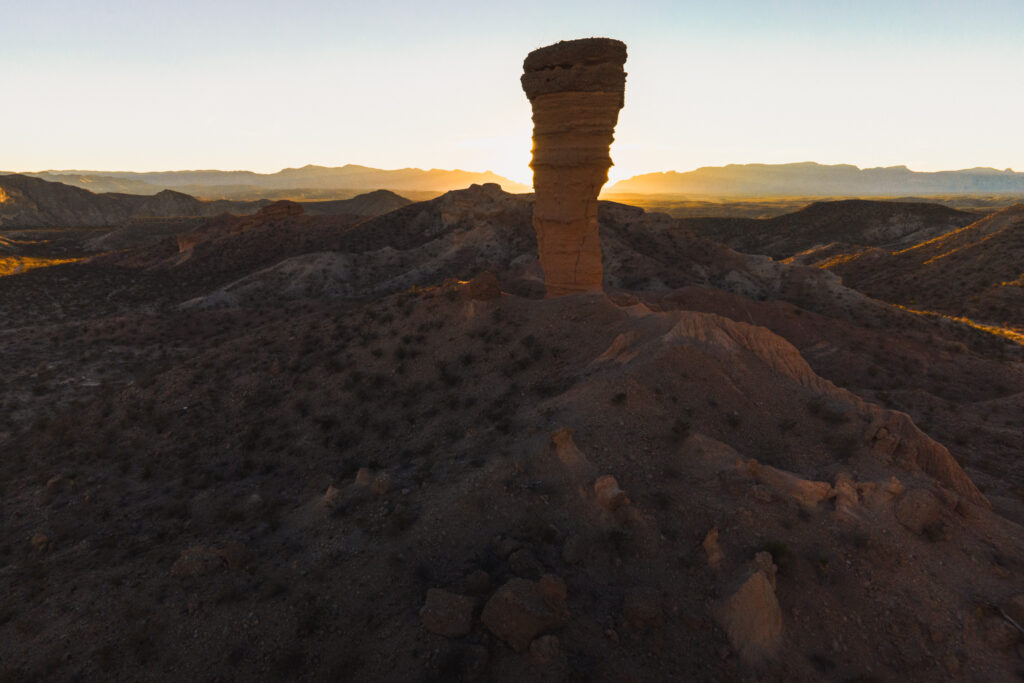
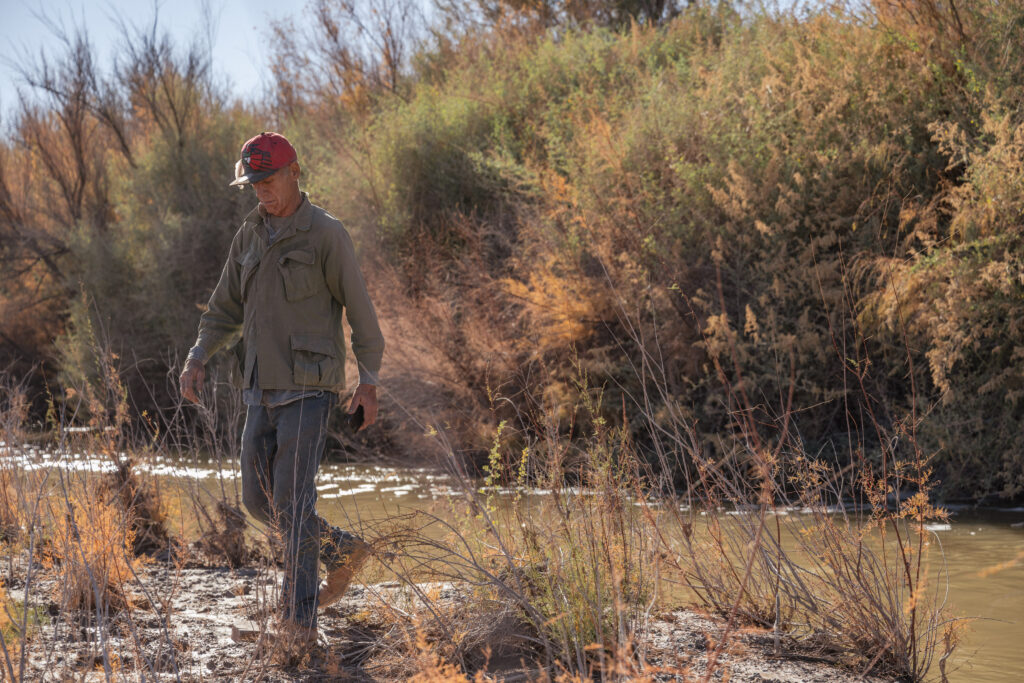
Bill Addington owns land about eight miles from the pipeline route that his family has farmed for four generations. He’s concerned that the pipeline will destroy the landscape and could put people in danger. Addington recalled an incident in 1999, when a school bus full of children traveling down U.S. Highway 62/180 in Culberson County, Texas, ignited a nearby pipeline leak. The bus was engulfed in flames. While the children escaped uninjured, the drivers of two trucks following behind the school bus were hospitalized.
Talking about the landscape around Indian Hot Springs, Addington said his heart would break to see the area destroyed. “I was raised Catholic but this is my church more than any building was. It’s a very beautiful place,” he said.
“In South Texas, we’re fighting to save the last pristine part of the Gulf Coast from extractive industry,” Mancias-Zapata said at a protest against LNG exports in New Orleans. “We’re trying to stop it from taking our sacred lands, our sacred sites and destroying the natural infrastructure that Mother Earth created for us.”
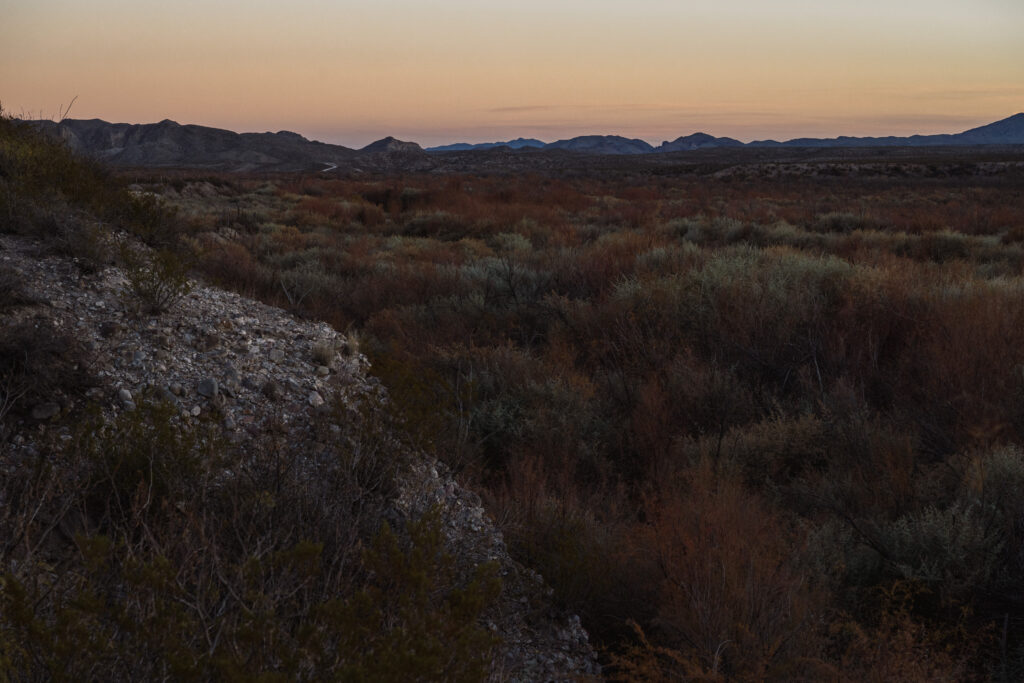
Subscribe to our newsletter
Stay up to date with DeSmog news and alerts


